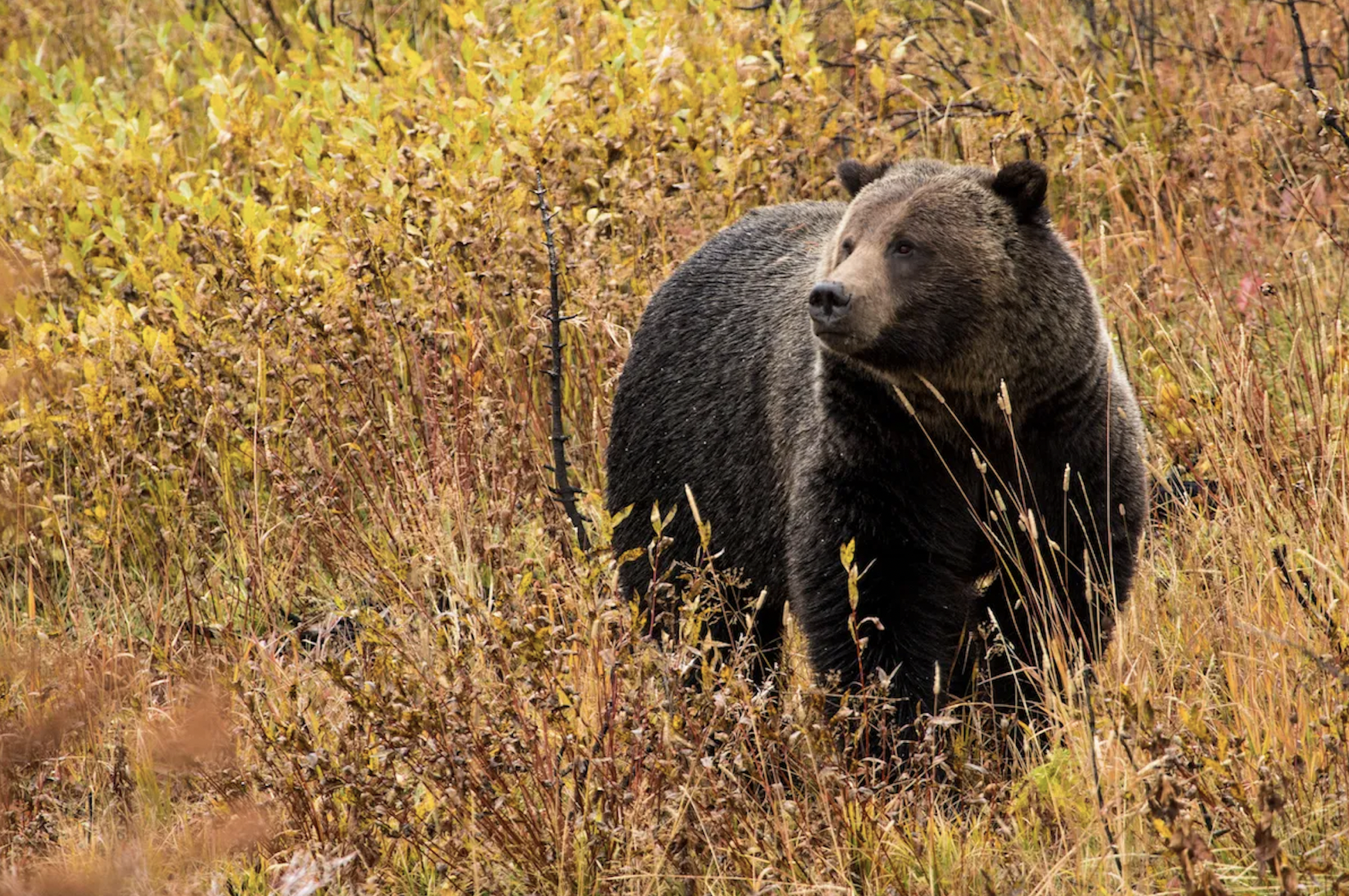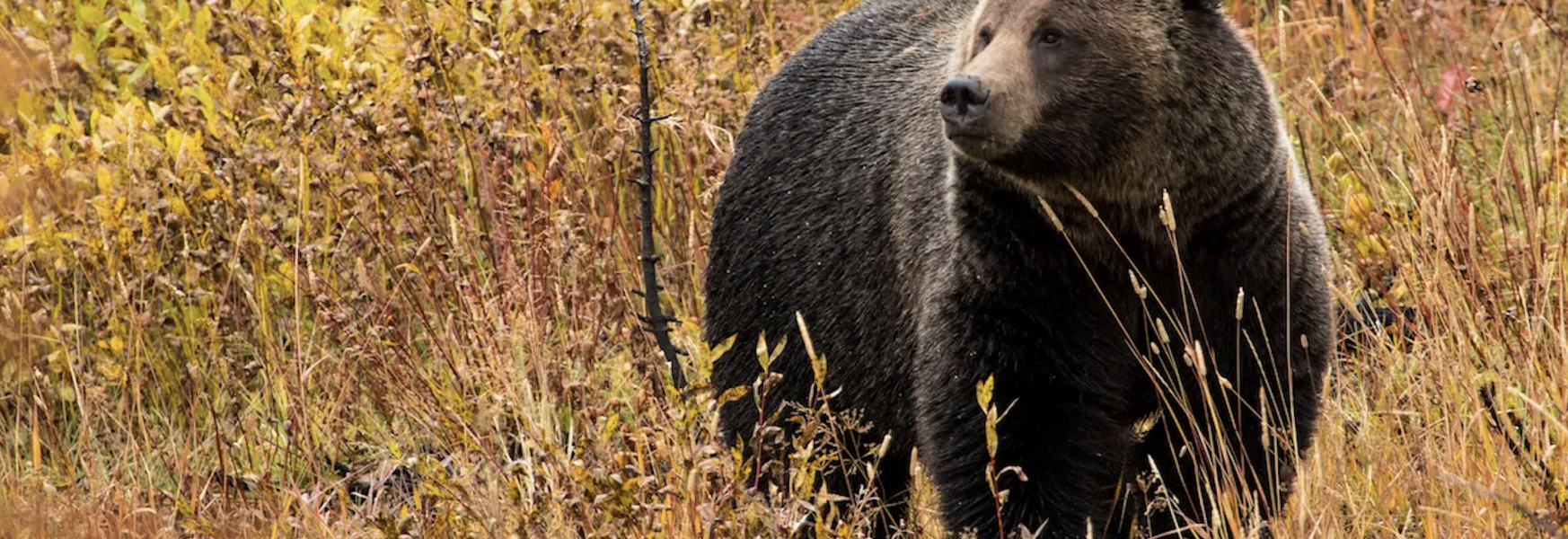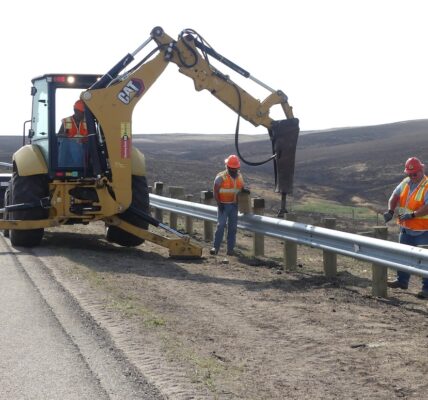
By Billy Arnold
Jackson Hole News&Guide
Via- Wyoming News Exchange
JACKSON — Wyoming officials on Sunday detected a grizzly bear living in the Bighorn Mountains, a range 100 miles east of the Greater Yellowstone Ecosystem that grizzlies haven’t occupied for almost a century.
On Monday, however, the Wyoming Game and Fish Department killed the subadult male bruin.
The bear had attacked a cow some 20 miles south of Ten Sleep, injuring the animal to the point where it had to be euthanized. Game and Fish officials said this was the “first confirmed livestock depredation” by that bear.
Officials investigated nearby tracks and signs that indicated the bear had frequented the ranch for about a week.
“When grizzly bears are in a lot of conflict, it doesn’t do well for their long-term conservation,” Game and Fish Director Brian Nesvik said. “It creates problems with other public uses. We are not actively trying to manage for grizzly bears in the Bighorn Mountains. It’s just not viable. We don’t have suitable habitat.”
Because grizzlies are protected under the Endangered Species Act, the U.S. Fish and Wildlife Service has management authority. The agency was consulted before the bear was killed, and it approved the state’s action, spokespeople for Game and Fish and the Fish and Wildlife Service said.
The bear was killed for preying on cattle and frequenting the ranch, Game and Fish said.
Nesvik said Game and Fish doesn’t know where the grizzly came from.
Wildlife officials did not attempt to relocate the bear.
“Our experience with these kinds of bears, when they are dispersers and then they also are depredating on livestock, they have very little chance of not being repeat offenders,” Nesvik said. “Our experience told us that the best thing for this bear, and overall bear conservation, was to remove it and not relocate it.”
The bear was the first confirmed grizzly in the Bighorns in “many, many decades,” Nesvik said. Grizzlies have not been documented in the Bighorns for nearly a century, according to a 2018 report prepared by the Interagency Grizzly Bear Study Team, which coordinates grizzly research in the Greater Yellowstone.
Chris Servheen, the U.S. Fish and Wildlife Service’s retired grizzly bear recovery coordinator, wasn’t surprised to hear about a grizzly bear in the Bighorns.
The area was historically grizzly habitat before humans killed them across the West, Servheen said. The difference now is human inhabitation and policy about what habitat is “suitable” for bears, and what isn’t.
Wyoming says that’s primarily the “demographic monitoring area”: 20,000 square miles at the heart of the ecosystem that state agencies and the U.S. Fish and Wildlife Service have deemed “suitable” habitat.
For the past few years, there have been widespread rumors of grizzlies occupying the Bighorns.
Since they were listed under the Endangered Species Act in 1975, grizzlies have expanded out of the heart of the Greater Yellowstone Ecosystem, migrating as far north as the Little Snowy Mountains in Montana and as far east as the Pryor Mountains, which are just northwest of the Bighorn Range.
Servheen now wonders whether there are other Bighorn grizzlies that haven’t preyed on cattle. The incident appears to have alerted the authorities to this bear’s presence, and made confirmation possible. Most bears don’t kill cattle, Servheen said.
Grizzlies remain listed under the Endangered Species Act, though Wyoming, Montana and Idaho have petitioned the U.S. Fish and Wildlife Service to remove their federal protections and turn management over to the states. Wyoming is currently suing for the Fish and Wildlife Service to speed up its decision making.





